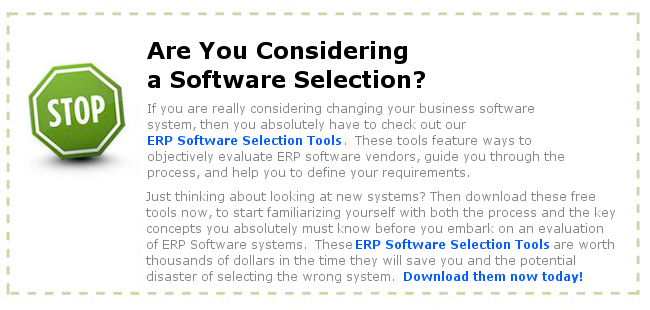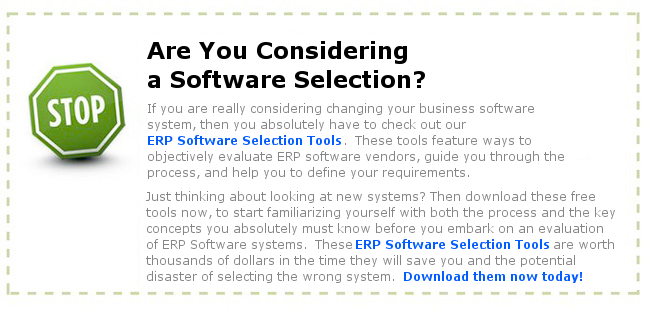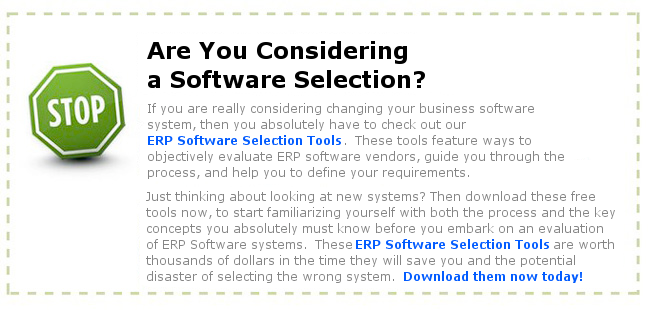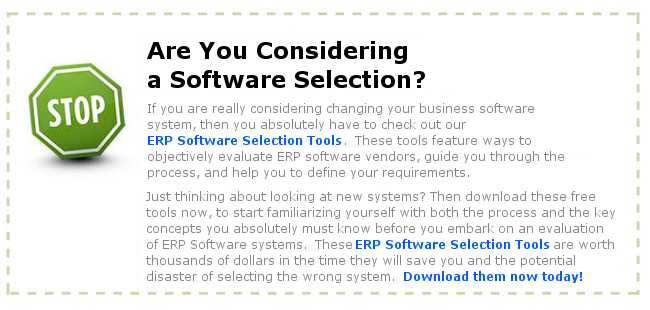ERP vendors and consultants are always trying to classify you as a company into distinct ERP tiers. What is your vertical industry? What is your revenue? How many employees? These are all questions of where you fit within their offering. Others talk about ERP Tiers. What are tiers? ERP Tiers are classifications of software by the size of the company the fit. Let’s break it down:
ERP Tiers: Tier 1 ERP
Tier 1 ERP software is software for the large enterprise. This includes multi-site, multi-national corporations. Typically the Tier 1 customer is a company with revenues in excess of $200 million dollars and has several sites, probably geographically dispersed and in multiple companies. There used to be what was known as JBOPS. JD Edwards, Baan, Oracle, People Soft, and SAP. Now that Oracle purchased People Soft, who had just prior purchased JD Edwards, the map has left the three primary ERP vendors: SAP, Oracle and Baan. These are your Tier 1 ERP players. Although not yet quite a Tier 1 ERP player, Microsoft with their Axapta (now called Dynamics AX) is pushing to be a Tier 1 software system.
ERP Tiers: Tier 2 ERP
The Tier 2 market is the largest of all the tiers in terms of the number of potential customers. This is the mid-sized tier. The customers of Tier 2 software usually are in the $20 million to $200 million dollars. They are usually just a few localized sites. For example a company that has a main office in California, with a manufacturing facility in Ohio and a distribution outlet in Texas would be a typical Tier 2 client. Often though, Tier 2 customers are single site. The main indication is the size of the company by revenue. This is important in that you probably will not find more than a couple hundred users all said and done. More likely though it is less than 100 users. Some references to the Tier classifcation refer to the number of employees. This is really not a good indicator as sometimes smaller companies with labor intensive processes may only have a few computer users.
Software in this class includes QAD, Infor’s Syteline, Microsoft Navision (Dynamics NV), ABAS, Glovia, Best’s MAS500, Epicor Vantage, and a host of others.
The problem that the Tier 2 vendors are facing is that the Tier 1 players are pushing down into this space. The market in the Tier 1 arena is small and to continue to expand their businesses, the Tier 1 players are reducing cost, simplifying transaction sets, and offering outsourced hosting and other incentives to allow a medium sized company to have the broad features of the Tier 1 package.
ERP Tiers: Tier 3 ERP
Tier 3 software is designed for single site customers of under $40 million dollars. These are companies with 5 to 30 users and have less demanding needs. Often these companies have just grown out of the Tier 4 packages and are looking to expand their capabilities. These companies tend to be the family run or small corporations.
Software in this market space includes Lily’s Visual Manufacturing, Intuitive Manufacturing, Microsoft Great Plains (Dynamics GP), DBA Software and Best’s MAS200.
ERP Tiers: Tier 4
Tier 4 software is your basic accounting systems. These include Peach Tree, Accpac and Quickbooks. This is the startup to $2 Million dollar software.
The next time you hear a vendor referring to a Tier 2 client, you will understand now that they are referring to a midsized company with just a couple plants. It is amazing how in the IT industry acronyms and categories spring up and every assumes they know what the other is referring to.
An interesting article is the segmentation of ERP into two tiers. You can read more in this publication: The rise of two-tier ERP: what it is and what it means.(TECHNOLOGY)(enterprise resource planning ): An article from: Strategic Finance
ERP Tiers



